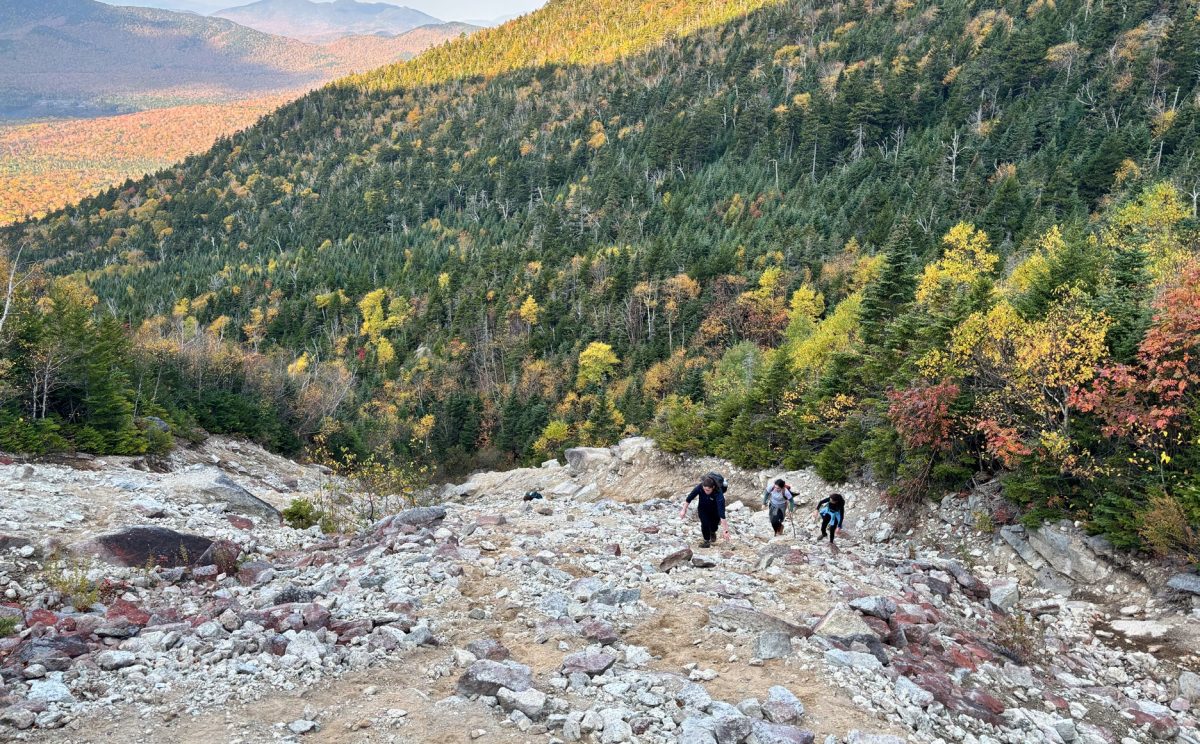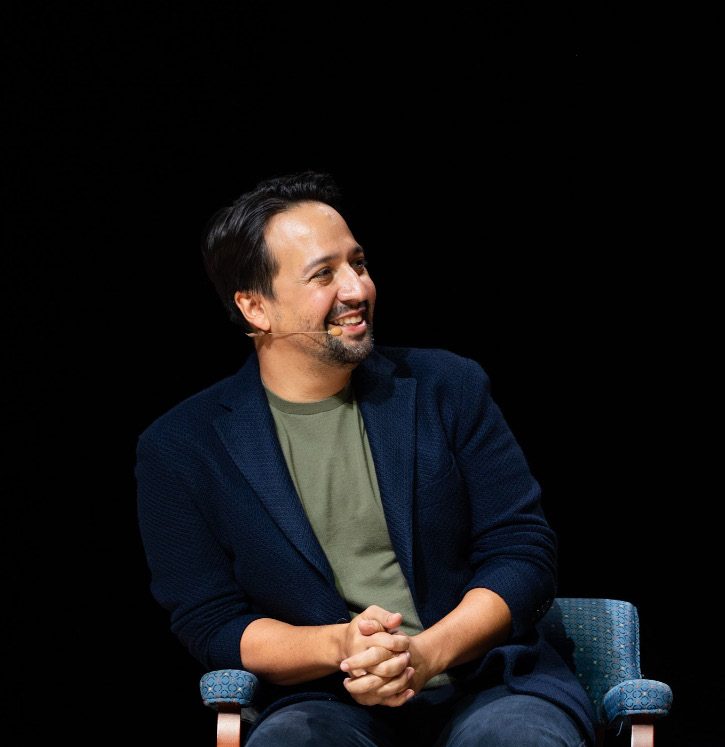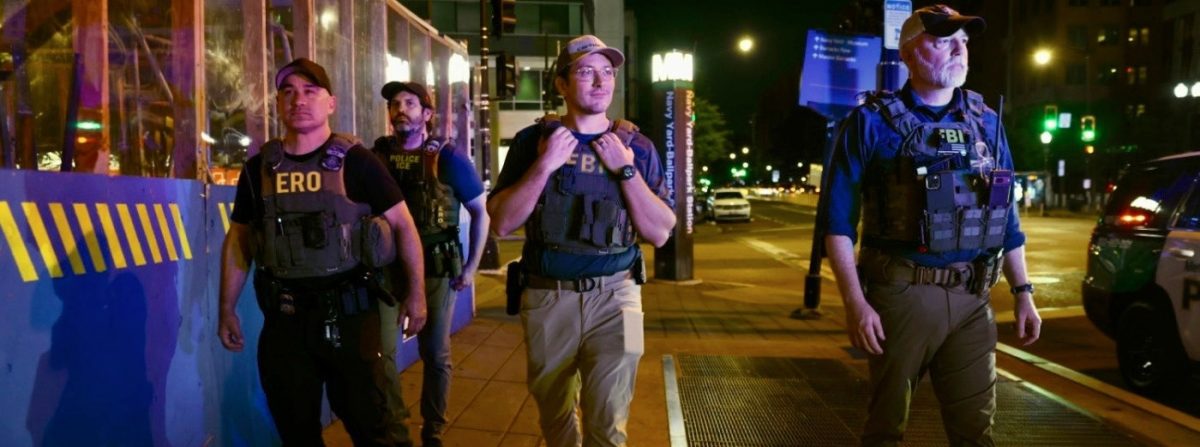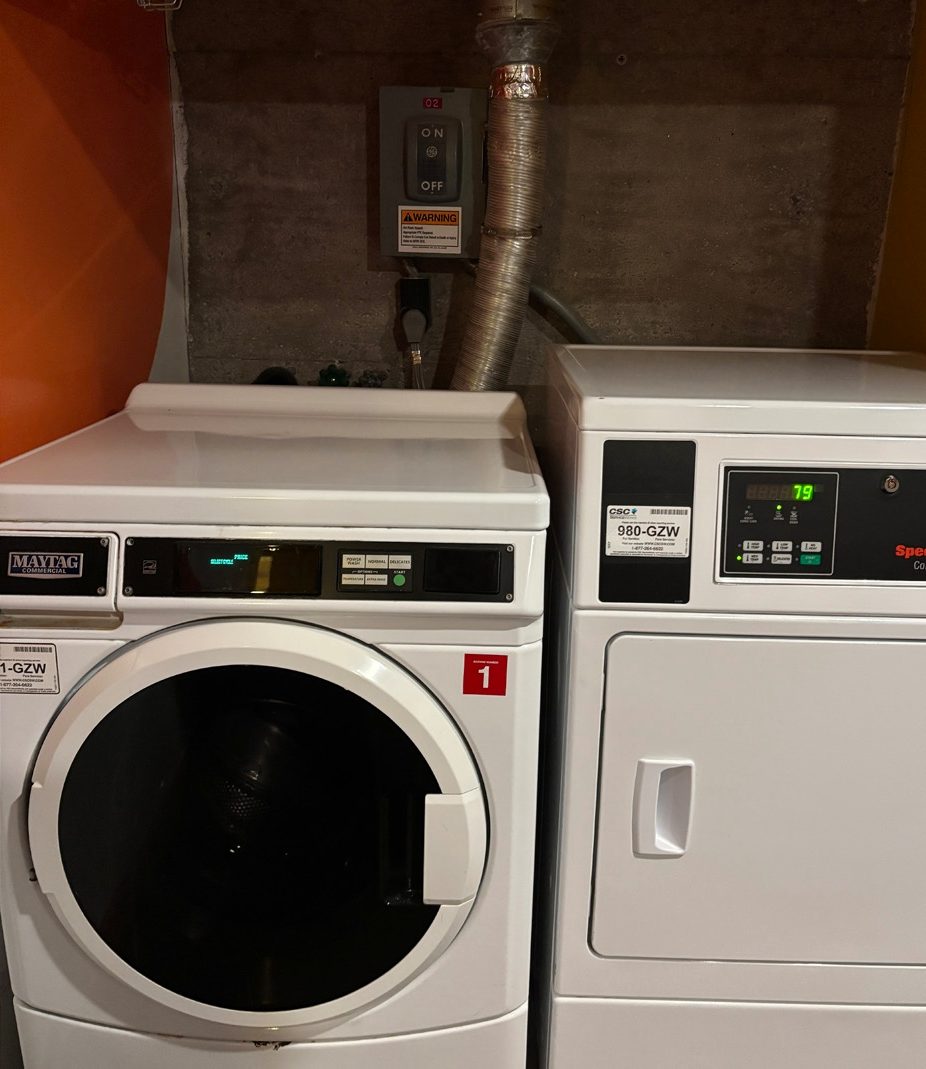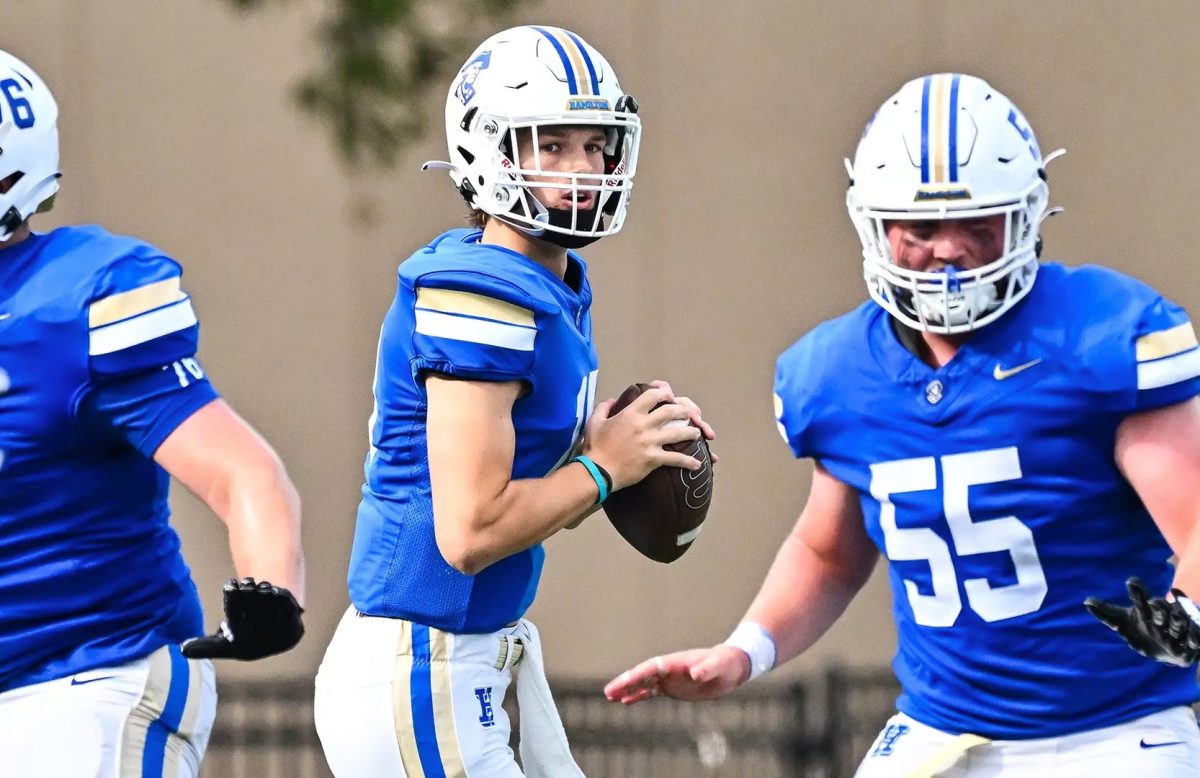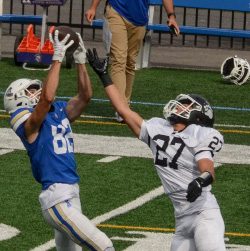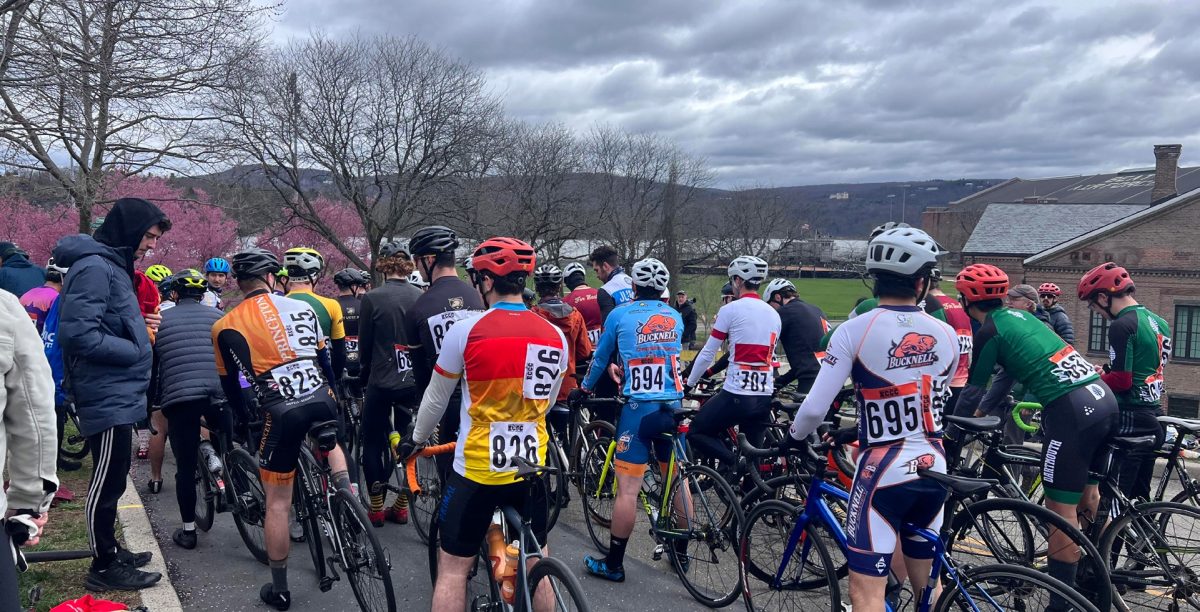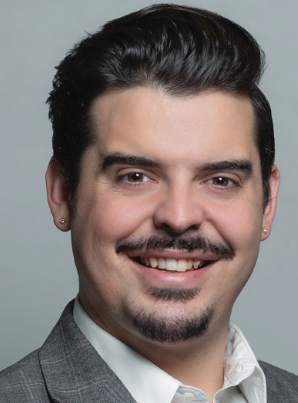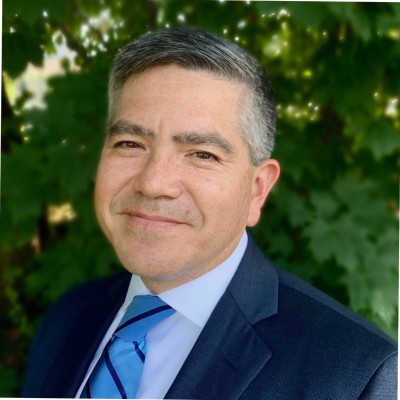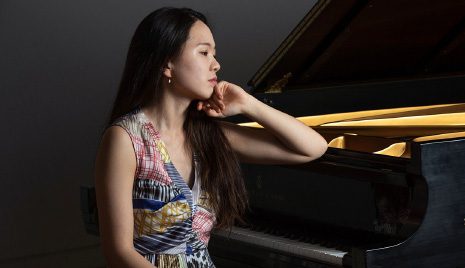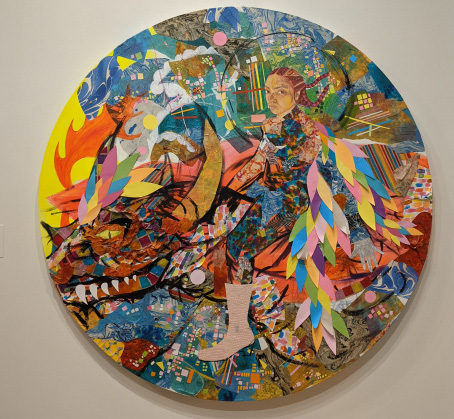
American artist Jamea Richmond- Edwards’ new show at the Wellin, Another World and Yet the Same, takes its title from a “seventeenth-century dystopian literary work . . . an imaginary account of a voyage to the oceans south of Africa [which] stood as a satirical indictment of the power structures of England at that time” (per the exhibition catalogue). Richmond-Edwards’ highly-textured, intensely multi-media, dayglow collages—most frequently, individual or group portraits—collapse the past, present and future, welding the fantastic to the real. The exhibit is an explosive, yet well-integrated, fusion: a paean to Black urban culture, a roving, meditative inquiry into the artist’s psyche and self-concept, a futuristic vision of the formation of a utopian community. No doubt prompted by the exhibit’s multiplicity of colors, forms and materials, the term “hallucinatory” come readily to mind. But such a description, while perhaps visually accurate, belies the exhibition’s roots in the real; it thrives on the real; and the fantastical elements of Richmond-Edwards’ works (cherubs, unicorns, dragons, allusions to Egyptian mythology) seem less like products of the artist’s imagination than like lodestars guiding a natural and inevitable progression to liberation.
A Detroit native, Richmond-Edwards grew up immersed in urban culture of the 80s and 90s—fashion, dance, music. “In my work, you find a variety of materials, which I believe is very much part of Black American art expression,” she said. As Richmond-Edwards walks through the neighborhoods and blocks of Detroit, she gathers information which later spills onto the canvas. Her paintings sometimes resemble quilts or mosaics in their stitched-together, patchwork vibrancy. The baroque grandeur of her portraits, many of which are self-representations, is an improvisation on a theme—the stylish, ornate, showy culture and styles of Detroit, a majority-Black city. “Detroiters have a very specific mentality, because we had to work for self, we had to be sovereign, we didn’t have anyone to rely on but ourselves … which helped me understand how rich the culture was. The word that comes to mind is opulence. It’s all about opulence and freedom of expression,” Richmond-Edwards explained.
As a child in Detroit, Richmond-Edwards was placed in a gifted-and-talented program, where she learned to paint from Hubert Massey, one of few Black fresco painters in the world. Massey was taught by Mexican artist Diego Rivera’s assistants. Richmond-Edwards describes herself as part of that lineage, with Rivera figuring as an artistic ancestor. Massey’s influence is apparent in an earlier work, which deviates somewhat from her present style (and the paintings in the exhibition): a tenderly realistic and closely observed portrait of her aunt, who was murdered in 2007. Infused with spiritual symbolism, the piece Wings Not Meant to Fly (2011) depicts her aunt haloed by white decal-like roses and a circular swath of rusty orange light. Richmond-Edwards also counts among her stylistic antecedents Akili Ron Anderson and Al Smith, whom she studied under at Howard University. Members of the Black Arts Movement of the 60s, Anderson and Smith participated in a Chicago-born artist collective AfriCOBRA (African Commune of Bad Relevant Artists) dedicated to celebrating Black identity and culture. The neon colors saturating her canvases seem to derive from that inheritance. Her portraits often feature figures in shades of charcoal and dark gray—colors amazingly luminous and potent when emerging from a psychedelic background of variegated colors, shapes and materials (paper, jewels, acrylic, oil pastel, buttons, glitter fabric). Almost every figure stares directly at the viewer, cognizant of the power and semi-divinity conferred by, the recognition intrinsic to, portraiture.
The exhibit resembles a pantheon of gods and heroes steeped in Black American culture and references to Richmond-Edwards’ life, erasing the distinction between the spiritual and the mundane. Colossal canvases portray scenes seemingly pulled from epics—the artist, cloaked in bright feather-like shapes and wearing crocodile-skin boots, riding a dragon above Antarctica while scouting for possible locations to build a utopian settlement, for instance (Dragon Ryder, 2025). The main series from which the exhibition takes its name presents a fictional narrative of a group of visionaries voyaging to Antarctica to found a collective, mutualistic community. Richmond-Edwards explains her work as mimicking a “hero’s journey. All of us are on our own individual journey to find truth, life, what’s real, what’s fake, et cetera. And in this particular body of work—like, I’m the hero.”

